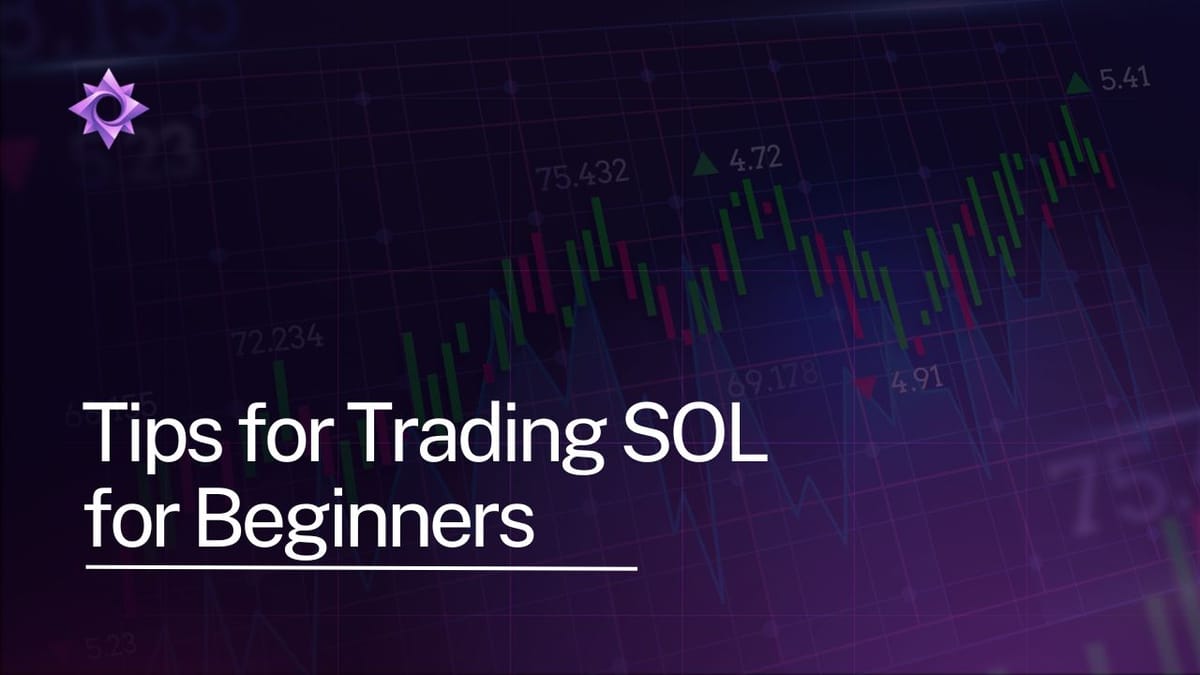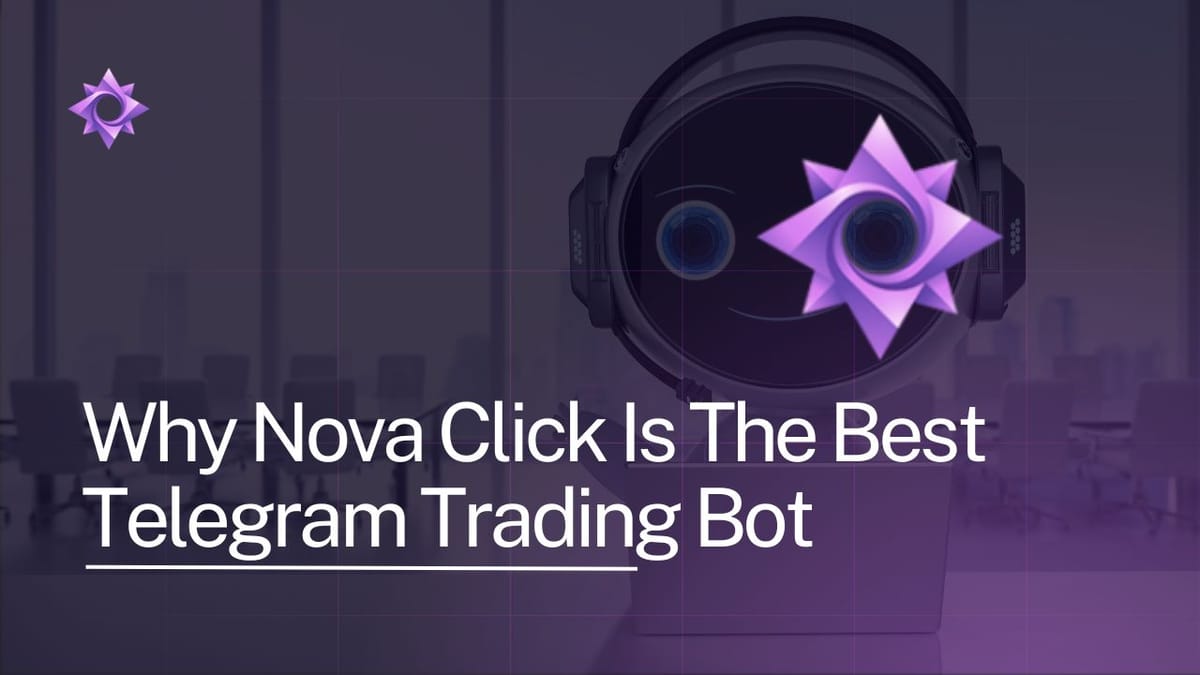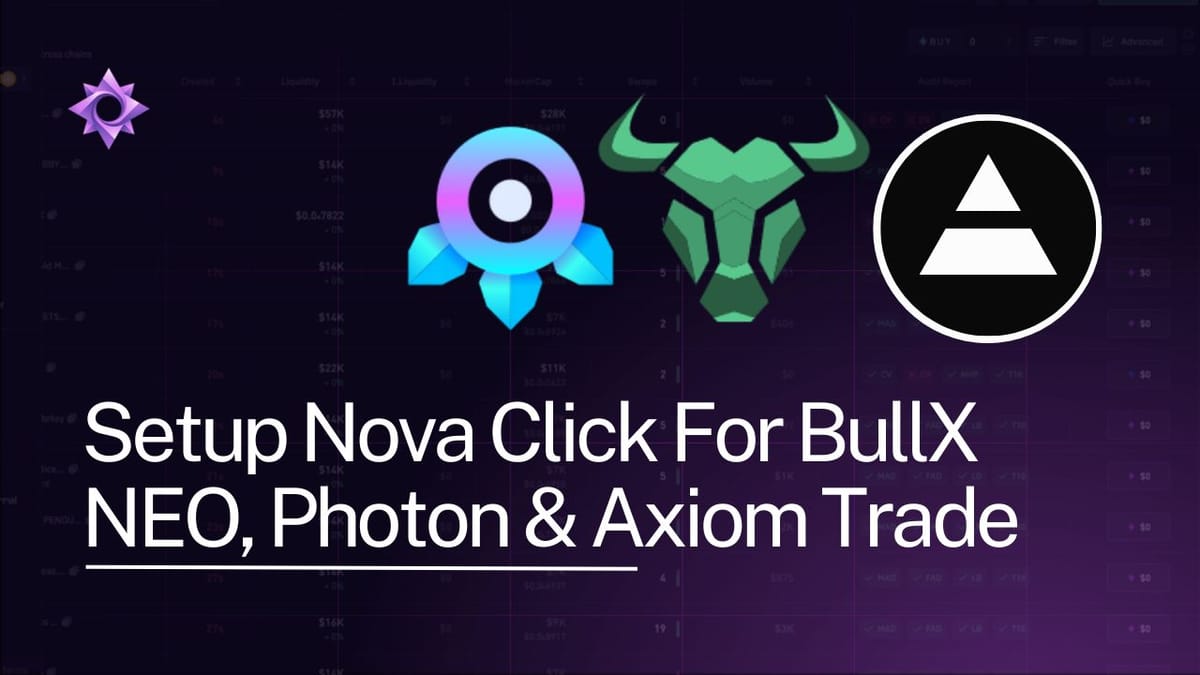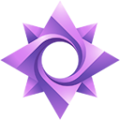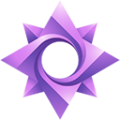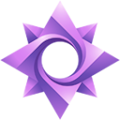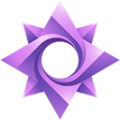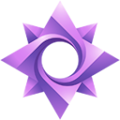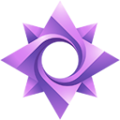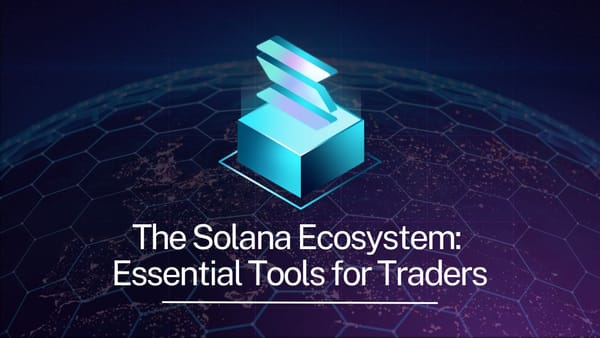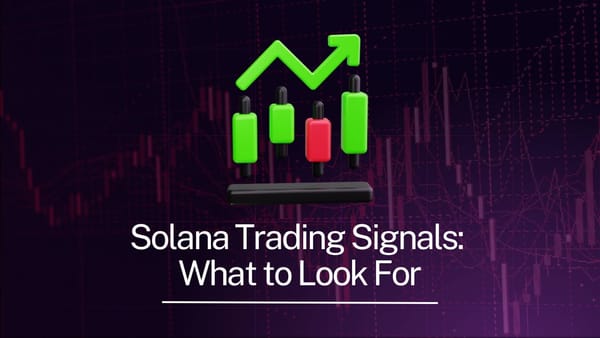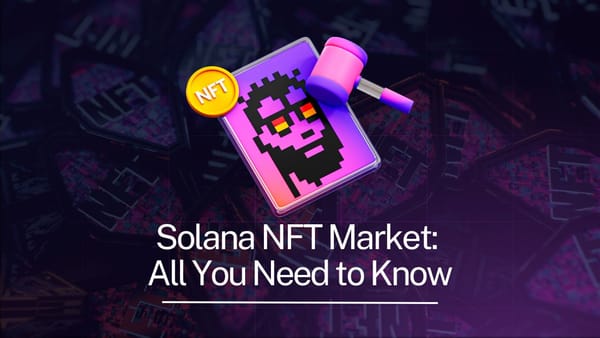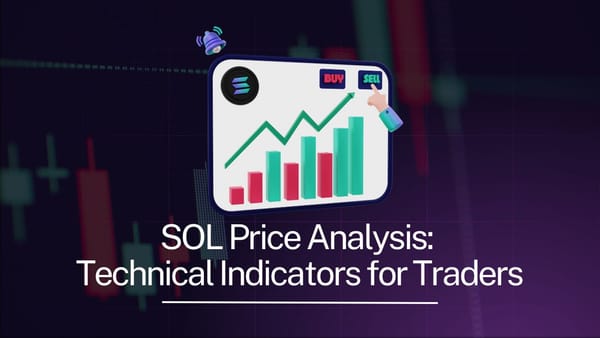Understanding Solana: Full Guide - 2025
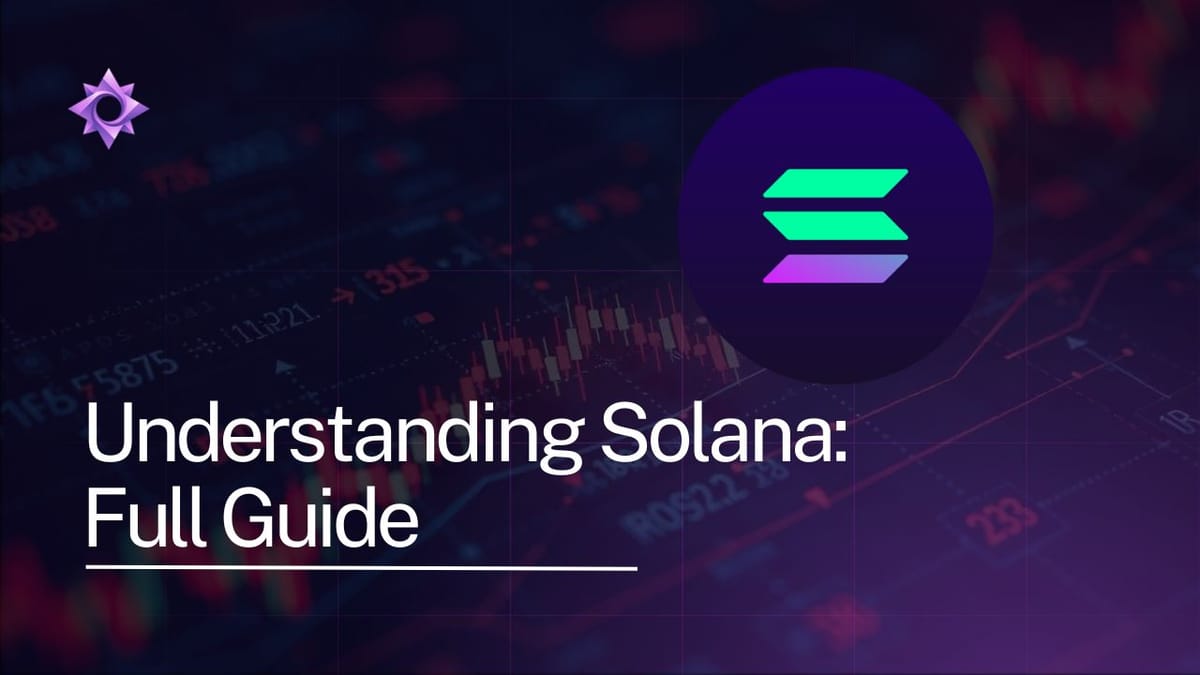
All About Solana
So, you're looking into Solana, huh?
It's a pretty big deal in the blockchain world right now. People are talking about how fast it is and how much cheaper it is to use compared to some other networks.
This guide is going to walk you through what makes Solana tick, why folks are building stuff on it, and even how you can get started making your own tokens.
We'll keep it simple, no fancy words, just the facts about this interesting platform.
Key Takeaways
- Solana is a blockchain platform known for being really fast and handling a lot of transactions at once.
- It uses a special system called Proof of History, which helps it keep things in order and move quickly.
- Building on Solana can save you money because the fees are pretty low compared to other networks.
- You can create your own digital tokens on Solana, and there are tools to help you do it.
- The Solana community is growing, with lots of apps and resources available for anyone interested.
Understanding the Solana Blockchain
Okay, so you're thinking about getting into Solana? Cool.
First, you gotta understand what it is.
It's not just another blockchain; it's built differently to be way faster.
Think of it as the souped-up sports car of the blockchain world.
Core Principles of Solana's Architecture
Solana's architecture is all about speed and efficiency. It uses a bunch of cool tech to make things run smoothly.
The main idea is to process transactions in parallel, instead of one at a time.
This is a big deal because it means more transactions can happen at the same time, which makes the whole network faster. It's like having multiple checkout lines at the grocery store instead of just one.
- Parallel Processing: Handles multiple transactions simultaneously.
- Gulf Stream: Pushes transaction forwarding to the edge of the network.
- Turbine: A block propagation protocol.

The Role of Proof of History in Solana
Proof of History (PoH) is what really sets Solana apart. Instead of relying on everyone to agree on the order of transactions in real-time, PoH creates a historical record that proves when each transaction occurred.
It's like having a super-accurate timestamp for everything.
This makes the consensus process way faster and more efficient. Think of it as a cryptographic clock that helps the network stay in sync. This is how Solana's network pairs each RPC node with a validator.
PoH is a sequence of computation that can provide a way to cryptographically verify time between two events. It uses a verifiable delay function (VDF) to hash incoming events.
Scalability and Transaction Speeds on Solana
Solana is designed to handle a ton of transactions without slowing down. We're talking thousands of transactions per second (TPS), which is way more than a lot of other blockchains.
This scalability is important because it means Solana can handle a growing number of users and applications without sacrificing performance.
It's like having a highway that can handle rush hour traffic without any slowdowns.
Here's a quick comparison:
| Blockchain | Transactions Per Second (TPS) |
|---|---|
| Bitcoin | 7 |
| Ethereum | 15 |
| Solana | 50,000+ |
Solana's high throughput and low fees make it a great option for all sorts of decentralized applications.
Key Advantages of Building on Solana
Solana has become a popular choice for developers, and it's not hard to see why. It brings a lot to the table, especially when you compare it to older blockchain tech.
Let's break down some of the biggest reasons people are choosing Solana.
Unparalleled Transaction Throughput
Solana's speed is a major selling point. It can handle way more transactions per second (TPS) than many other blockchains.
This means things move quickly, and you don't have to wait around for ages for your transaction to go through.
It's a big deal for applications that need to process a lot of data fast, like decentralized exchanges or gambling.
The high throughput makes it a very attractive option.
Cost-Effective Network Fees
One of the biggest headaches with some blockchains is the transaction fees. They can be really high, especially when the network is busy. Solana tackles this problem head-on.
The fees are super low, which makes it way more accessible for everyone.
You don't have to worry about spending a fortune just to move your tokens around. This is a game-changer for smaller transactions and micro-payments. It's also great for applications where users are constantly interacting with the blockchain. This low transaction fees structure is a huge advantage.
Robust Security Measures
Security is a big deal in the blockchain world.
You want to know that your stuff is safe and that the network can't be easily attacked.
Solana takes security seriously. It uses some pretty advanced tech to make sure everything is protected. This includes its consensus mechanism and other cryptographic techniques.
It's designed to withstand different kinds of attacks and keep your data safe.
Here are some key security aspects:
- Proof of History (PoH): This helps to create a more secure and verifiable record of transactions.
- Tower BFT: A practical Byzantine Fault Tolerance implementation that optimizes for speed and fault tolerance.
- Gulf Stream: Helps reduce confirmation times by pushing transaction forwarding and caching to the edge of the network.
Solana's commitment to security is evident in its design. It's built to be resilient and to protect against potential threats. This gives developers and users peace of mind, knowing that their assets and data are safe.
Solana's architecture is designed to prioritize both performance and security. This makes it a solid choice for building all sorts of decentralized applications.

Exploring the Solana Ecosystem
Solana isn't just a blockchain; it's a whole world of activity.
It's got all sorts of stuff going on, from decentralized finance to NFTs and gambling.
It's a pretty active place, and it's always changing. Let's take a look at some of the key parts.
Decentralized Applications on Solana
Solana is home to a growing number of dApps, covering everything from finance to social media.
You'll find platforms for trading, lending, borrowing, and all sorts of other things.
The speed and low cost of Solana make it a good place for these applications to thrive. It's still early days, but there's a lot of potential here.
Integration with Solana Wallets
To get involved in the Solana ecosystem, you'll need a wallet.
There are several options available, each with its own features and benefits. Some are browser extensions, others are mobile apps, and some are hardware wallets. Choosing the right wallet is important for managing your assets and interacting with dApps.
Here's a quick look at some popular Solana wallets:
Community and Developer Resources
Solana has a pretty strong community. There are forums, chat groups, and other places where you can connect with other users and developers.
If you're looking to get involved, there's plenty of support out there.
Getting involved with the Solana community is a great way to learn and contribute. There are always people willing to help, and there are plenty of opportunities to get involved in different projects. Don't be afraid to ask questions and share your ideas.
Conclusion
So, that's Solana for you. It's a pretty big deal in the blockchain world, and it's got a lot going for it. The platform is fast, doesn't cost much to use, and it's built to handle a lot of activity. This makes it a good spot for people who want to build new apps or create their own digital tokens. If you follow the steps we talked about, and use what Solana offers, you can really do some cool stuff with blockchain. It's all about pushing forward what's possible in the crypto space.
Frequently Asked Questions
What is Solana?
Solana is a super-fast blockchain platform, kind of like a digital highway, built to handle tons of transactions at once. It's known for being quick and cheap to use, which makes it great for building new online apps and digital money.
How does Solana manage to be so fast?
Solana uses a special trick called 'Proof of History' (PoH) along with 'Proof of Stake' (PoS). Think of PoH like a super-accurate clock that stamps every event in order, making the whole network run smoothly and quickly. PoS helps keep the network safe by having people 'stake' their digital money.
What are the main benefits of using Solana for a project?
Building on Solana means you get amazing speed, super low fees for sending money, and a really strong security system. It's a great place for new projects because it can grow with them and keep costs down.
What do I need to start building on Solana?
You'll need to install some basic tools, like the Solana Command Line Interface (CLI), which is a program that lets you talk to the Solana network. You'll also set up your computer space to write and test your code.
Can I make my own digital tokens on Solana?
Yes, you can create your own digital tokens on Solana. This means you can design your own digital currency or asset, set its rules, and then put it on the Solana network for people to use.
After I make a token, how do I get it out there and keep it safe?
Once your token is ready, you 'deploy' it, which means putting it live on the Solana network. After that, you can manage how many tokens there are and how they're given out. Keeping your tokens safe is super important, so there are best practices to follow for security.
Don’t forget to check our latest guides on Nova Click:
